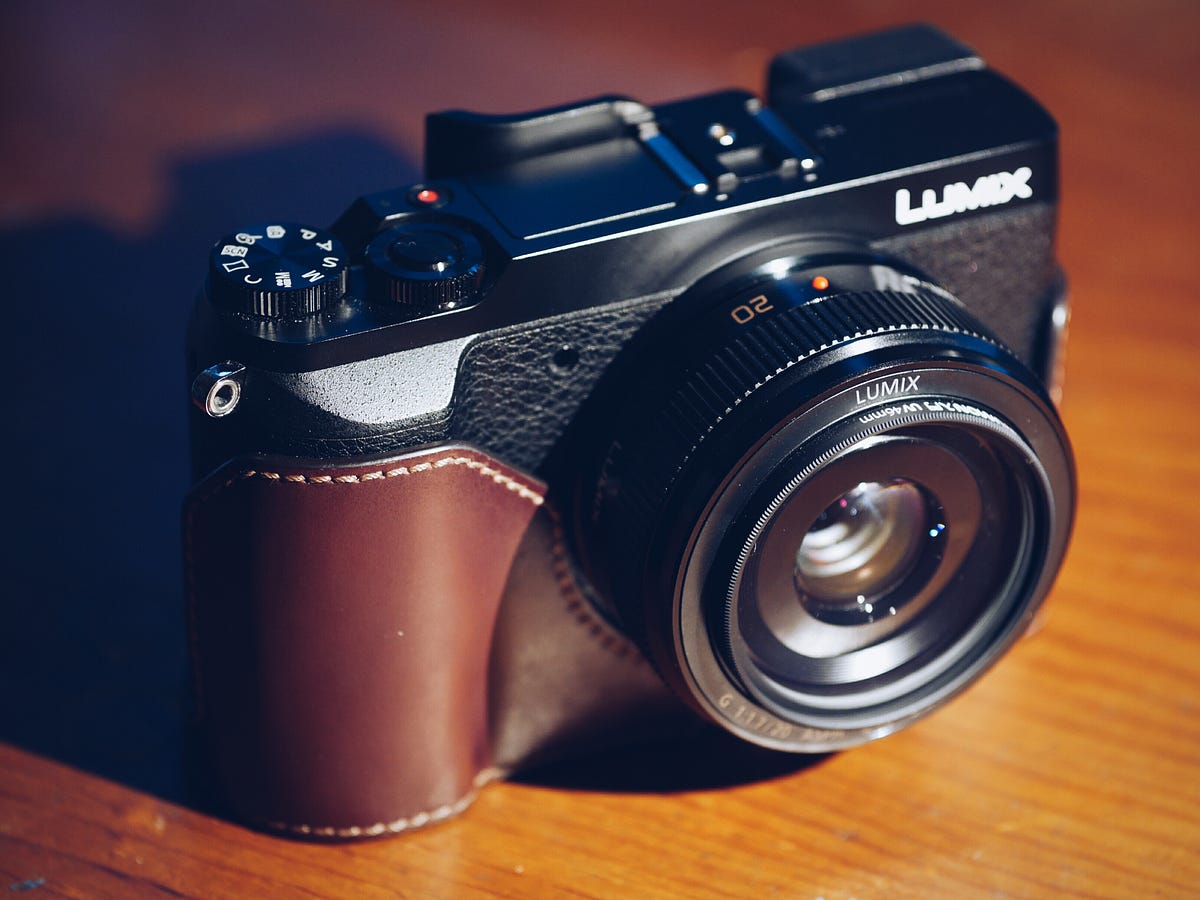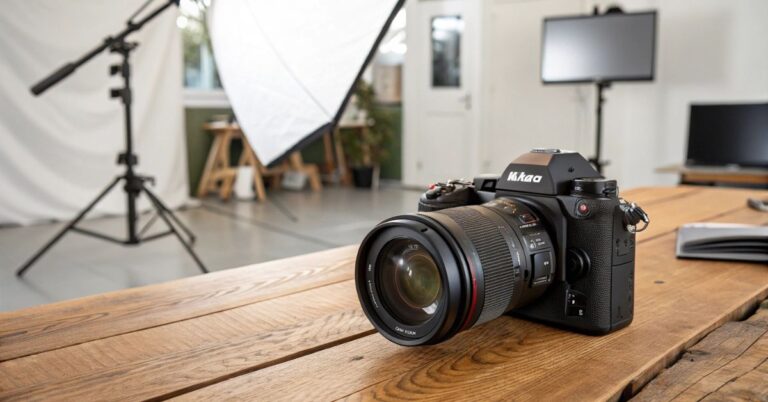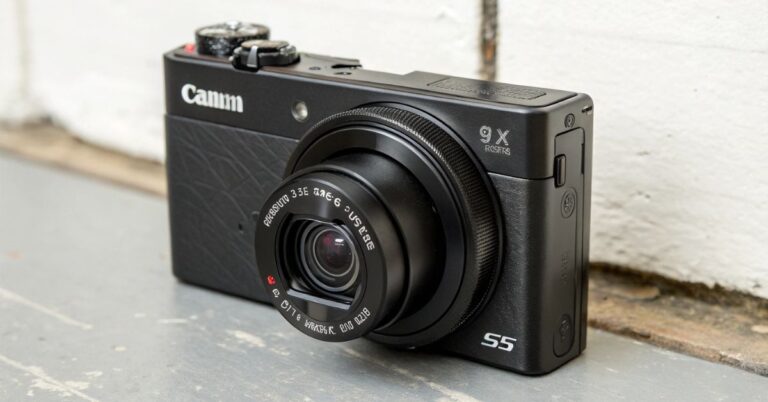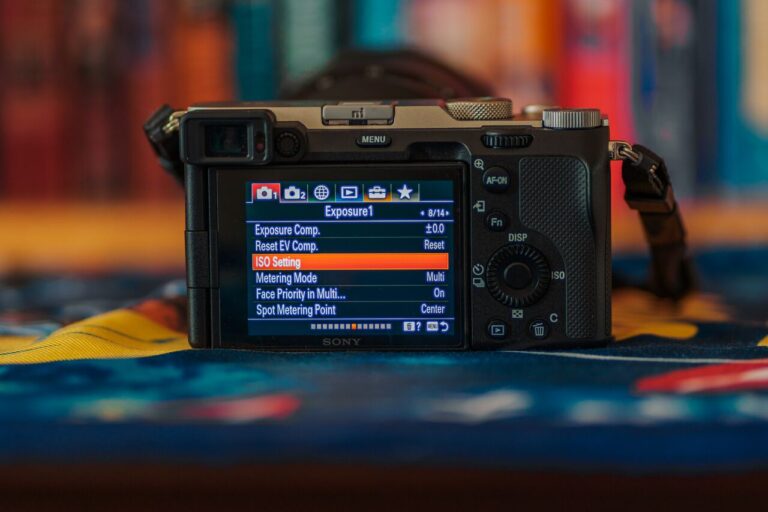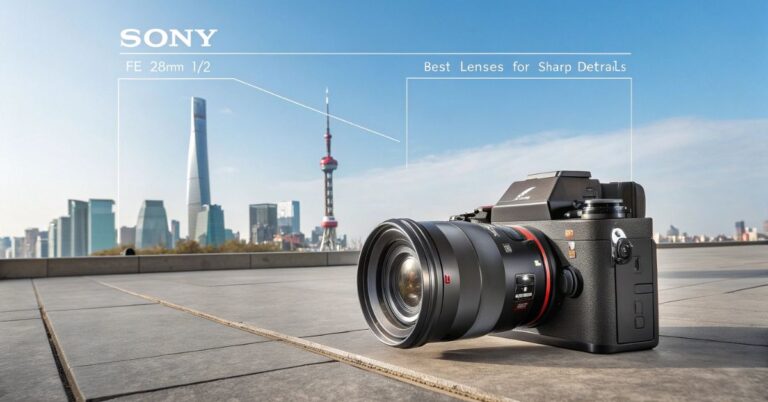Ricoh GR III vs Lumix GX85: Which Compact Camera Truly Delivers in 2025?
If you’re comparing Ricoh GR III vs Lumix GX85, you’re likely trying to decide between two compact powerhouses. The Ricoh GR III is a fixed-lens street photography icon, while the Panasonic Lumix GX85 is a flexible, interchangeable-lens mirrorless camera. But which is better for travel, vlogging, or daily shooting in 2025? Let’s break it down.
Design and Build Quality: Pocketable vs Modular
Ricoh GR III: Ultra-Compact Street Shooter
The GR III is known for its slim, minimalist design. Built for portability, it fits into any pocket, making it ideal for travel and street photography. It weighs just 257g, with a magnesium alloy body that’s durable and discreet.
Lumix GX85: Compact But More Versatile
The GX85 is slightly larger due to its Micro Four Thirds sensor and lens mount system. However, it’s still small compared to DSLRs. The solid build includes dual dials, a built-in electronic viewfinder (EVF), and a tilting LCD, useful for vlogging or angled shots.
Sensor Size and Image Quality
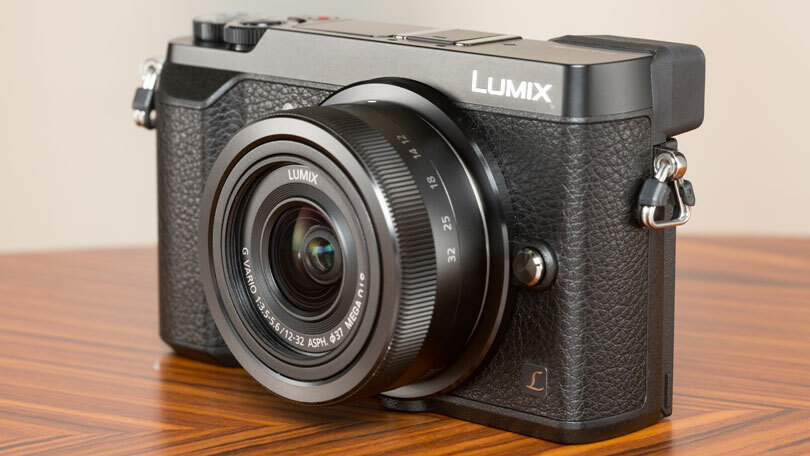
GR III: APS-C Sensor for Sharp Street Shots
- 24.2MP APS-C CMOS sensor
- No low-pass filter for sharper details
- Excellent low-light performance
This larger sensor gives the GR III an edge in image quality, especially in shallow depth-of-field and dynamic range.
GX85: Micro Four Thirds Sensor, Still Impressive
- 16MP Micro Four Thirds sensor
- Lacks optical low-pass filter for added sharpness
- 5-axis in-body image stabilization (IBIS)
While smaller than APS-C, the GX85’s IBIS helps it capture sharp handheld shots even in low light. But it doesn’t quite match the depth and dynamic range of the GR III.
Autofocus and Performance
GR III: Hybrid AF System
- 0.3s startup time
- Phase-detection + contrast AF
- Face and subject detection
Though it performs well in daylight, the GR III struggles a bit in low light or fast action due to its lack of continuous AF tracking.
GX85: Fast Contrast-Detect AF
- DFD (Depth From Defocus) technology
- 49 focus points
- Face/eye detection
The GX85 delivers smoother autofocus in video and better tracking for moving subjects, especially when using Panasonic lenses.
Lens Options: Fixed vs Interchangeable

Ricoh GR III: 28mm f/2.8 Prime Lens
The Ricoh GR III comes with a fixed 28mm equivalent f/2.8 lens, making it a perfect companion for street photographers who value speed, discretion, and image clarity. The fixed lens means fewer moving parts, which can enhance durability and compactness. However, the lack of zoom or interchangeable lens capability limits creative framing and focal range, you’re locked into a single field of view unless you digitally crop or use optional wide conversion lenses.
Lumix GX85: Endless Lens Possibilities
The Lumix GX85 offers true flexibility with its Micro Four Thirds lens mount, compatible with a vast array of lenses. You can attach ultra-wide, fast prime, telephoto, pancake, macro, or even vintage lenses using adapters. This makes the GX85 ideal for users who shoot in diverse situations, from portraits to wildlife to architecture. The ability to change lenses also allows for investment in better optics over time, improving your kit without changing your camera body.
Image Stabilization
GR III: 3-Axis Shake Reduction
The Ricoh GR III has built-in stabilization that helps for stills but isn’t ideal for video shooting.
GX85: 5-Axis Dual IS
Combines in-body stabilization with lens-based stabilization for super-smooth handheld video and low-light stills.
Video Capabilities
Ricoh GR III: Basic Video Functions
- 1080p at 60fps max
- No 4K support
- No mic input
The GR III isn’t built for video. It’s primarily a stills camera.
Lumix GX85: Strong Video Performer
- 4K at 30fps
- 1080p at 60fp
- Clean HDMI output
- Focus peaking and zebra patterns
The GX85 is clearly the better pick for vlogging or casual filmmaking.
Display and Viewfinder
GR III: Touchscreen but No EVF
- 3.0-inch touchscreen LCD
- No built-in EVF
Great for framing stills in daylight, but harder to use in bright sun or for eye-level shooting.
GX85: Touchscreen + Built-in EVF
- 3.0-inch tilting LCD (not fully articulating)
- 2.76M-dot EVF
The tilting screen helps with waist-level shooting, while the EVF provides better control in sunlight.
Connectivity and App Support

GR III:
- Wi-Fi & Bluetooth
- GR Remote App (limited features)
- USB-C
GX85:
- Wi-Fi only (no Bluetooth)
- Panasonic Image App (more robust controls)
- Micro USB
Though both offer remote shooting and image transfer, GX85’s app is more feature-rich.
Battery Life and Charging
When we talk about Ricoh GR III vs Lumix GX85, one big difference is the lens setup. The Ricoh GR III has a built-in 28mm lens with an f/2.8 aperture. This means the lens is fixed, you can’t zoom in or change it. But it’s very sharp and great for things like street, travel, and everyday photography. It’s also small and easy to carry, which makes it good for quick shots.
The Lumix GX85, on the other hand, lets you change lenses. It uses the Micro Four Thirds system, which means you can use many types of lenses from Panasonic, Olympus, and others. Whether you want to shoot wide scenes, close-up details, or faraway subjects, you have more options. This makes the GX85 better if you want more control or plan to grow your camera setup over time.
Price and Value in 2025
As of 2025:
- Ricoh GR III: Around $899
- Panasonic Lumix GX85 with kit lens: Around $597
For under $600, the GX85 provides more versatility and better video. But the GR III offers premium image quality in a compact form.
Pros and Cons
| Feature | Ricoh GR III | Lumix GX85 |
| Pros | – APS-C sensor with sharp fixed lens- Pocket-sized and light- Great for street and travel- Easy-to-use controls | – Supports interchangeable lenses- Records in 4K- Built-in EVF and tilting touchscreen- Strong in-body image stabilization |
| Cons | – No 4K video- No electronic viewfinder (EVF)- Fixed lens, no zoom or lens swap | – Smaller Micro Four Thirds sensor- Slightly larger and heavier- No external mic input |
Which One Should You Buy?
- Choose the Ricoh GR III if you’re a minimalist shooter focused on street, travel, or documentary photography. You’ll love its portability and image quality.
- Choose the Lumix GX85 if you need a budget-friendly, all-in-one mirrorless camera with strong video, lens flexibility, and solid performance.
Final Verdict: Ricoh GR III vs Lumix GX85
Both cameras serve different needs. The Ricoh GR III is perfect for street photographers who want a compact, pocket-sized camera with a sharp APS-C sensor and fast handling. However, its fixed lens and lack of 4K or viewfinder may limit versatility.
The Lumix GX85 is better for creators wanting more control, lens options, and strong video capabilities. It’s a bit bulkier, but more flexible.
FAQs: Ricoh GR III vs Lumix GX85
1. Is the Ricoh GR III good for beginners?
Yes, it’s simple to use but better suited to photographers who prefer manual control and minimal gear.
2. Does the Lumix GX85 shoot RAW?
Yes, it supports RAW and JPEG shooting with full manual control.
3. Can the GR III shoot 4K video?
No, it’s limited to 1080p video recording.
4. Is the GX85 weather-sealed?
No, the GX85 isn’t fully weather-sealed, so take precautions in extreme conditions.
5. Which camera is better for street photography?
The GR III is more discreet, faster to shoot with, and easier to carry in your pocket.
